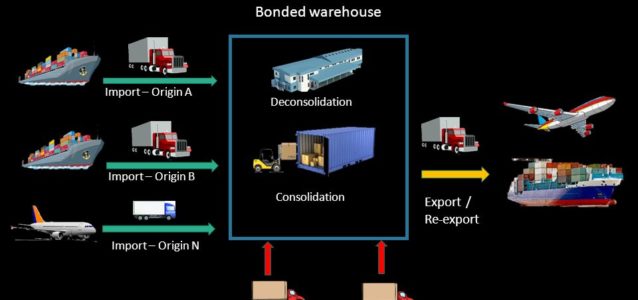In the past, we have approached explaining the ins and outs of consolidation in different ways. If you refer back to some of our former blog posts, such as “Consol Box – The Pros Choosing Shipping Consolidation”, you will be able to see why it’s a popular choice for many.
If you aren’t sure what consolidation means and how consolidation works, let us recap for you. How consolidation works is by means of taking a shipment deemed as a “consolidated shipment” that combines many less than truckload (LTL) shipments from many shippers into one full container (at times referred to a s a multi-stop truckload) shipment. An LTL shipment refers to the fact that shipments due to that fact that multiple truck shipments were utilised to accumulate the needful to fill one single container. Consolidated shipments allow shippers the advantage of preferential shipping rates and optimise supply chain logistics via means of reducing savings of time and costs.
In this blog post, we look at the importance of shipping via consolidation. It’s the perfect solution for shippers looking to ship a few small shipments (be it boxes, crates or pallets) that have different origin locations. These shipments may arrive from different location and suppliers, and these shippers will have the option of consolidating their different shipments into one single shipment to avoid paying a higher rate. There are many benefits to consolidation in shipping which include cost efficient, reduced damage risk, and improved quality control.
Whilst consolidation may happen at a warehouse level, do not forget that if your freighter is making stop along the way, for example at MCC ports which stand or Multi Country Consolidation ports, such as Singapore or Sri Lanka, that means that some of the cargo in your shipment will be unloaded at that destination. This means deconsolidation occurs and is handled on your behalf. This is one of the reasons why there aren’t many consolidation freight forwarders out there – as this is a large task to undertake. It is also true that stops along the way will mean time spent at each port, but often, the costs are reduced compared to that of a single FCL container for one shipper scenario, and for many shippers – this is agreeable.
Nevertheless, if you take Colombo Port which is a major multi country consolidation (MCC) port, you get many suppliers from various countries sending their cargo from which at this point, they will be consolidated and loaded into one FCL container to be send off to the next destination. The following image showcases how this is done.
Contact Transco Cargo, your Melbourne based consolidation freight partner for a quote on a consol box shipment.

